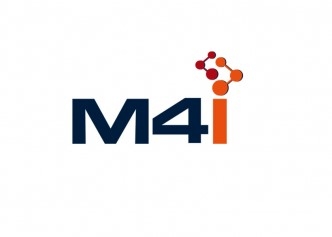4DEM: Ultrafast four-dimensions Electron Microscopy on Biological Samples.
Insight into the four-dimensional (4D) structures of proteins, RNA, DNA, and complexes thereof is essential for understanding how life functions at the molecular level. The pharmaceutical industry relies on macromolecular structures for efficiently designing novel compounds. Over recent years, many structural biologists have entered the field of cryogenic electron microscopy (cryo-EM) to determine 3D structures. This popularity mainly stems from the fact that cryo-EM does not need biomolecules to be crystallised for analysis, a requirement for the traditional X-ray diffraction technique.
However, life occurs in space and time. If the truly wish is to understand how these macromolecules look like and function, they would need to observe them at all possible conformations. Therefore, they will image macromolecules at room-temperature, within liquid cells. Unlike cryogenic conditions, biochemistry could occur at such temperatures, and, in principle, be witnessed by the electron beam. However, such imaging technique should not only outrun the diffusion rate of these macromolecules, but also the damage induced by the ionising electron beam.
As a consequence of this unavoidable damage by the electron beam, the information provided by every electron must be used as efficiently as possible. Currently, in single-particle cryo-EM, the information collected is compromised by multiple damping functions inherent to the use of this technique. To mitigate this problem, this project wishes to use an entirely different 4D technique: cryo-ptychography.
In this project, they will develop a unique detector, the Timepix4, which has unprecedented characteristics such as time-resolution and maximum hit rate. Using this innovative detector, they will develop novel diffraction and imaging techniques, such as cryo-ptychography and liquid-phase electron microscopy. These will add a fourth dimension to 3D electron microscopy of biological samples and give new fundamental insight to the functioning of life on a molecular level, which would ultimately lead to better diagnosis, new treatments and vaccines.




